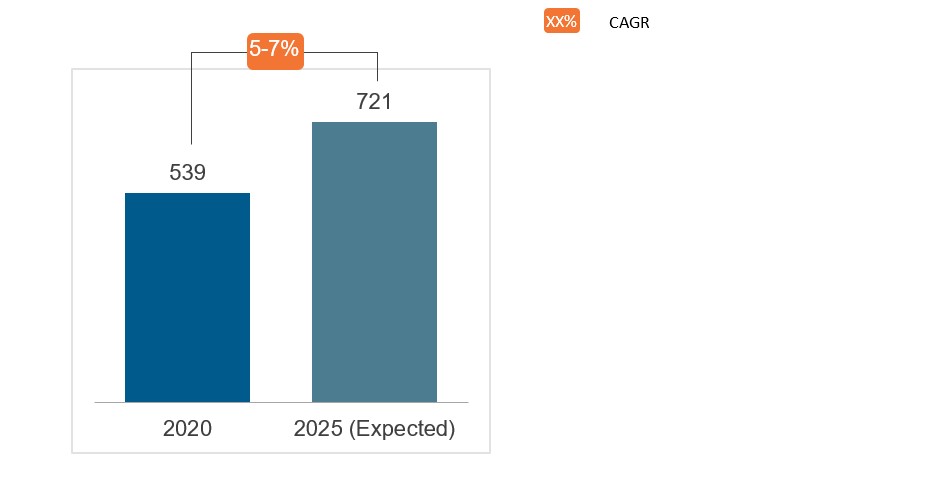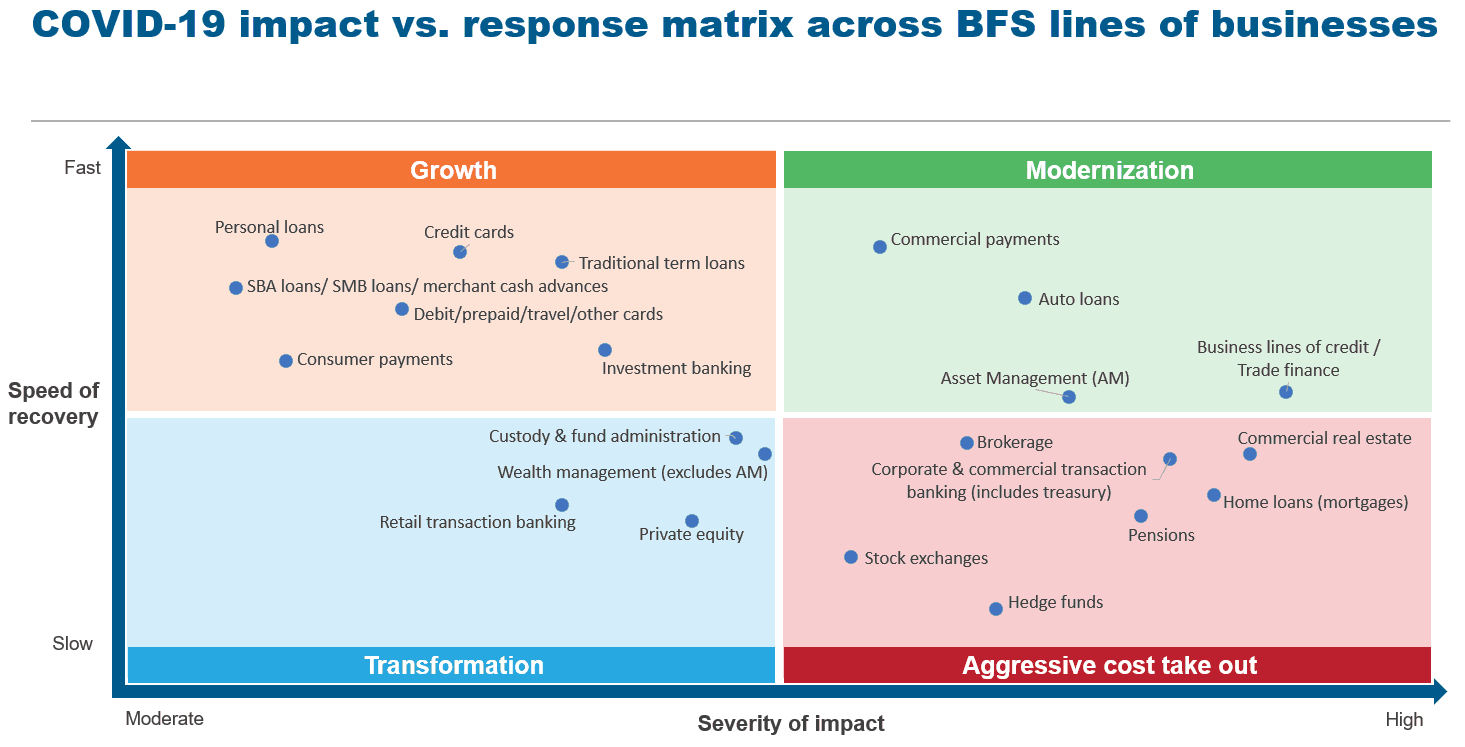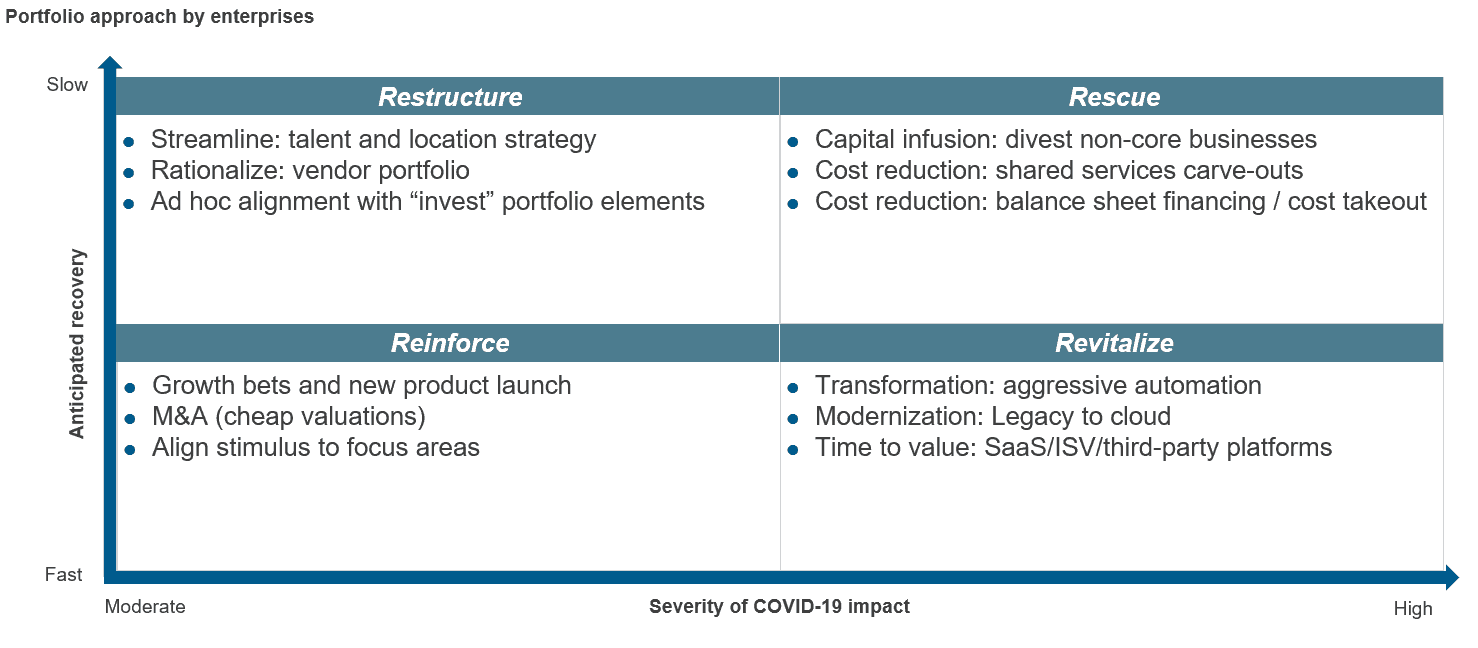June 23, 2021
The recent headline, Indian IT Firms Set to Slash 3 Million Jobs by 2022 Due to Automation, grabbed attention. But our analysis shows this is nothing more than a catchy title. To learn about the other side of the picture that points to job and hiring growth, read on.
Occasionally, a news article or stray comment will suggest the Information Technology (IT) industry in India faces a stiff battle to survive against an onslaught of automation, cloud, and insourcing. The latest is the claim in news stories that 3 million jobs in India will be lost by 2022. The next day, NASSCOM shared data that suggested the opposite, and a few media outlets issued clarifications.
We had a chance to view an excerpt of the original Bank of America report that found automation is creating millions of new jobs and boosting global productivity. Our initial reaction is that the original story is a combination of faulty or incomplete analysis and lack of context, topped with a sensational headline.
Below we share a more nuanced understanding of the industry to help avoid such storms in teacups in the future.
The Definition of Indian IT-BPS
Media coverage of the Indian IT and Business Process Services (BPS) industry often conflates the India-based talent pool with homegrown industry giants like TCS, Infosys, Wipro, HCL, and Tech Mahindra. The reality is that all firms, including globally headquartered giants like Accenture, Capgemini, DXC Technologies, and IBM (to name a few), have a massive presence in India.
The IT-BPS talent pool in India is employed across the following key segments:
- Large service providers like the ones named above, irrespective of where they are headquartered
- Mid-tier (e.g., L&T Infotech, WNS, Genpact, Mphasis, Hexaware), and smaller service providers (e.g., Aspire Systems, Maveric Systems, Cigniti, etc.)
- Global Business Services (GBS) centers or Global in-house Centers (GIC) established by Fortune enterprises (e.g., Novartis, Bank of America, Shell, etc.) to serve their internal functions
- Product development teams of Big Tech giants like Microsoft, SAP, Adobe, etc.
- An increasingly rich ecosystem of start-ups that often serve a global clientele (e.g., Zoho, Zeta Technologies, Qure.ai, etc.)
- Domestic demand for IT and Business Process Outsourcing (BPO)
- Countless staff augmentation firms that serve as aggregators of talent (typically freelance) and help all the other segments meet their staffing requirements
Any analysis that fails to look at the swings and roundabouts between these segments risks missing the mark. For instance, insourcing – a growing trend of using an organization’s own resources instead of outsourcing – often tends to benefit Global Business Services (GBS) organizations at the expense of third-party providers. Automation and technology disruption may pull down demand for a few outsourced services, but simultaneously increase the desire for services in many other categories.
The Facts
Even if we assume for a moment that the term “Indian IT” was used loosely to focus on third-party outsourcers, the facts still do not support the following conclusions:
- We estimate the total India-based headcount for outsourcers and shared service organizations (Segments 1, 2, and 3 above) across IT and BPS at 3 million full-time equivalents (FTEs) as of March 2021. The headline of slashing 3 million jobs by 2022 simply does not add up
- TCS, Infosys, and HCL have publicly declared their intentions of hiring 40,000, 24,000, and 15,000 FTEs, respectively for FY 22. Capgemini and Cognizant plan to hire 30,000 and 28,000 in 2021. All of this is easily available public information
- NASSCOM, in its clarification, estimates that the Indian IT-BPS talent pool expanded by 138,000 FTEs in FY21
Most of the industry leaders we speak with cite the opposite problem. They are facing a glut in demand and can’t hire fast enough. Enterprises are frantically upskilling existing employees to learn new technologies, impacting hundreds of thousands of FTEs across the talent pool in India. These skills do not exist in sufficient numbers externally so laying off current workers and hiring new ones is not an option. If the original report wanted to convey that companies are seeking to replace old tasks with new ones through reskilling, the headline failed to convey this accurately.
The Myths and the Nuances
Myth #1: “Indian IT” survives on doing commodity jobs that no one else wants to do
Reality: The talent pool in India enables many of the world’s most innovative companies to meet their objectives
Yes, the industry might have started to provide labor arbitrage but it sure as heck could not have survived and grown that way over decades. Just to cite a few examples, talent pools in India are supporting the advancement and application of technologies critical for autonomous driving. Software that is required to roll out 5G networks is being built and supported by India-based talent pools, as are platforms that power banking operations for some of the biggest names in the world. Many GICs we speak with mention that the share of commodity tasks in their portfolio is down to 30% (from 70% 10-15 years back). The current reality is a very far cry from the days of Y2K and spammy call centers. It might be helpful for skeptics to visit some of today’s modern India-based development centers and labs. The experience is usually quite eye-opening!
Myth #2: Automation is the equivalent of the Infinity Stone
Reality: Automation takes years and years to get right, and scale. This usually means time to adjust, and more work, not less
No, the RPA God does not snap its fingers to kill jobs. At the current level of maturity, RPA typically eliminates specific tasks. However, it is still some distance away from automating a process (a series of tasks/activities). Further, the scalability of RPA remains a challenge. What works for one type of task or even a series of tasks may not work as the context changes. Yes, automation is getting intelligent through cognitive and Artificial Intelligence (AI). But as anybody who has spent some serious time in the AI world would attest, it takes time to first get the AI-engine trained and usually requires human-in-the-loop (HITL) to complete the process. To be clear, smart automation does increase the productivity of the individual meaningfully and, in turn, lead to process efficiency and other benefits. However, instead of “killing jobs,” it is creating more opportunities for service providers and GICs to serve enterprises more deeply and widely leading to higher demand for labor in India.
Myth #3: Things just die
Reality: In the world of technology, services usually evolve, and new categories get created, replacing old ones
We often hear an implicit (and occasionally explicit) assumption that technology disruption will kill old service categories. For instance, cloud will kill the need for IT infrastructure management, and that application testing is passe. And that’s it – nothing else happens.
In reality, IT infrastructure management is evolving to handle the complexities of hybrid and multi-cloud and is facing an acute talent shortage. There is a shortage of people who can test complex apps that are hosted on the cloud, control software-driven physical devices, or have elements of AI baked into them.
The history of technology shows that every disruption creates its own service model. Enterprise Resource Planning (ERP) systems were supposed to be the death knell for bespoke applications. Instead, they spawned a massive industry of consulting, implementation, customization, and maintenance. Automation to scale will require highly skilled talent to build, monitor, and maintain algorithms and datasets. As the pace of AI and Machine Learning adoption picks up, we are witnessing the expansion of Machine Learning Operations (MLOps) services, which help in the continuous delivery of algorithmic models.
Vindicating the Indian IT Industry
The world of technology is changing, arguably faster than ever before. India just happens to have the world’s largest reservoir of talent that can enable this change. The “Indian IT industry” does not need a sensational headline and it does not need defending. It deserves a deeper understanding that will help us predict and navigate these changes better.





